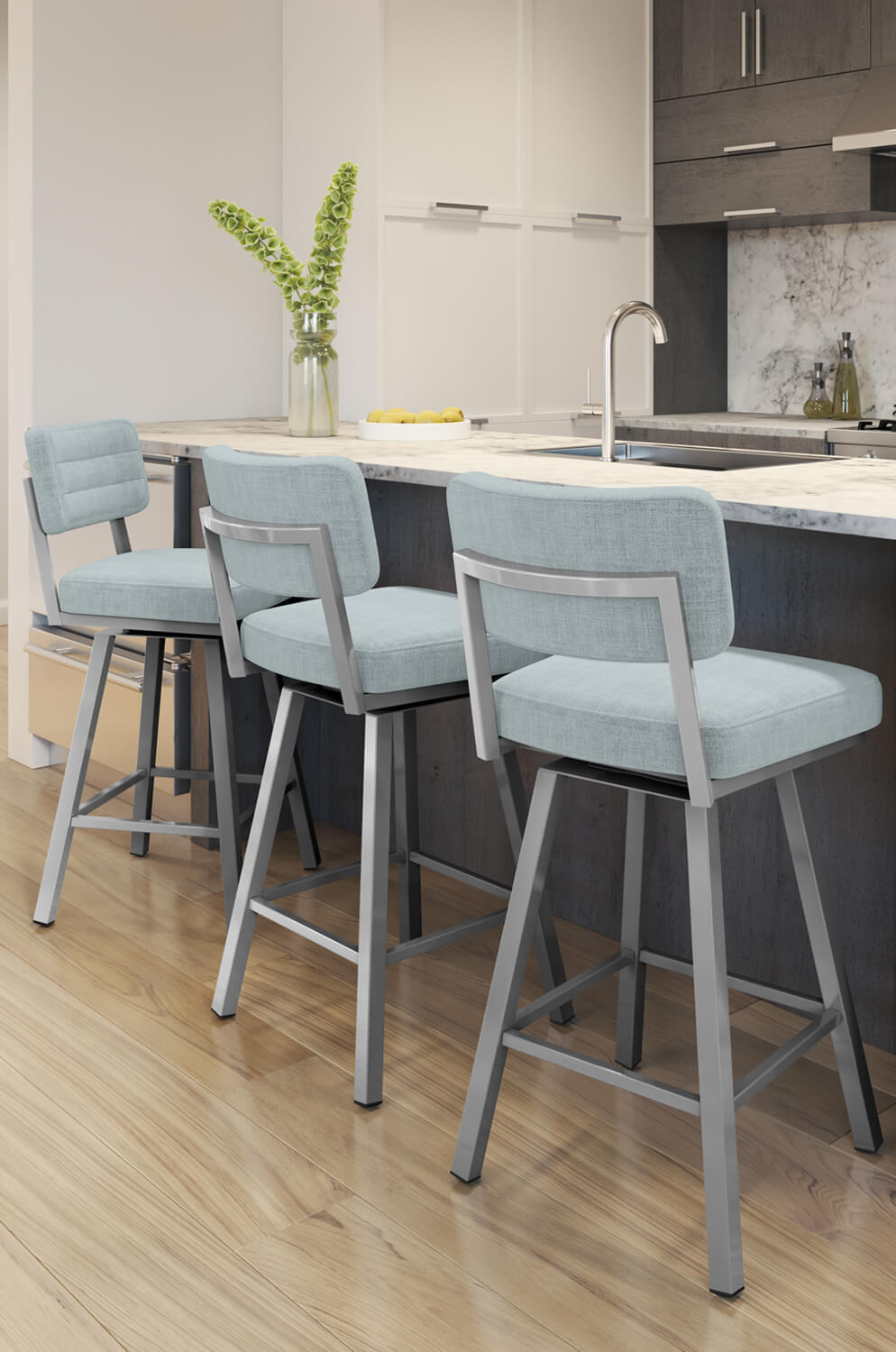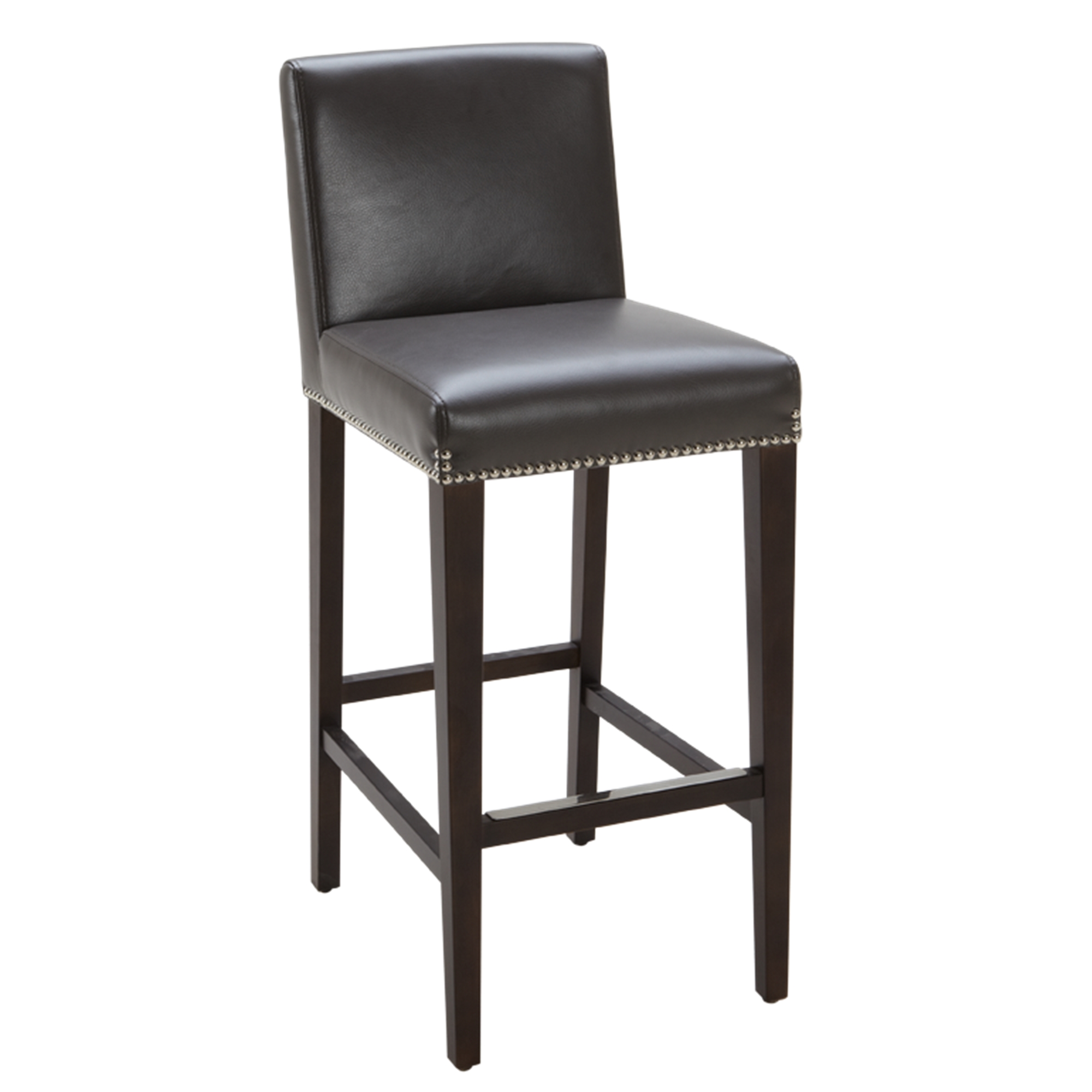

Obviously, the addition of a mechanical feature drives up the price of the bar stools, but it makes it infinitely easier to turn to face others. Therefore, swiveling is an attractive feature for being able to converse in all directions. It’s no surprise that bar stools are furniture used in social spaces. There are also mid- and high-back stools, though they’re more commonly seen in outdoor or patio bar stools. There are stools with ultra-low backs, which at only a few inches resemble an outer lip around the back of the seat. BackĬlassic bar stools are backless, but if you really want backs, you have plenty of styles to consider. Of course, this also comes down to making sure all the pieces are maintained with regular tightening, especially if you assembled the stools yourself. Well-made stools have solid, stable legs that don’t wobble or tilt. Legs are often an overlooked feature in bar stools, but more than anything they can make or break the overall design. There are also some stools with a single leg, such as those that resemble barbershop seats. The vast majority of bar stools have the signature four legs, which are usually further stabilized by pieces of wood, called stretchers, connecting them horizontally. While soft seats can be appealing, keep in mind the seats compress more easily than firmer ones, so there’s a good chance you’ll be more supported by a firmer cushion. Many styles have cushioning with a polyfill pillow top or memory foam for maximum comfort. Since you’ll be using your bar stools for meals or entertaining, comfortable seats are a top priority.

A pair of sleek, ultra-modern stools from a designer brand might cost top dollar, whereas you can buy a set of four traditional bar stools for the same price or less. The quantity doesn’t always determine the price, so it can be challenging to budget for the purchase. Quantityīar stools are sold individually, as pairs, and in sets of four or more. Square stools have a classic seat shape, though if they’re too small, only kids will enjoy sitting on them. Rectangular stools often fit well beneath a counter when they’re not in use, however they might be too narrow to sit in comfortably. Oval bar stool seats have great curb appeal, but they might be too tapered on the sides for some occupants. There are also oval, rectangular, and square seats, though these less traditional shapes come with their own considerations. Seat shapeĬlassic bar stool seats are round, which accommodates individuals of all shapes and sizes. If you’re looking for a more coordinated look, modern designs featuring metal, teak, upholstery, or leather might suit the room better. Traditional bar stools feature skinny legs and a plain, flat seat, a design that is classic and versatile enough to work with most décor. Bar stools might not be an exact match for a bistro table, kitchen island, or bar counter, but they should complement the overall tone of the room. Take a good look around your room and think about its theme. Measuring is to ensure you don’t choose stools that are too tall, which could prove uncomfortable - or impossible - for guests to use to sit at the counter. After all, bar stools measure an average of 30 inches tall. Yes, it sounds strange, but what you’re measuring is the clearance between the seat and the counter. To get your search on the right track, start by measuring the height from the floor to the bottom of the countertop (not the top of it). If you’re buying bar stools, it’s because you need seating to accompany tables or counters. You’ll need exact measurements, and you’ll want to see the finished room to find the perfect match. When you’re remodeling the kitchen and installing a new island or countertop, make bar stools your last purchase.


 0 kommentar(er)
0 kommentar(er)
